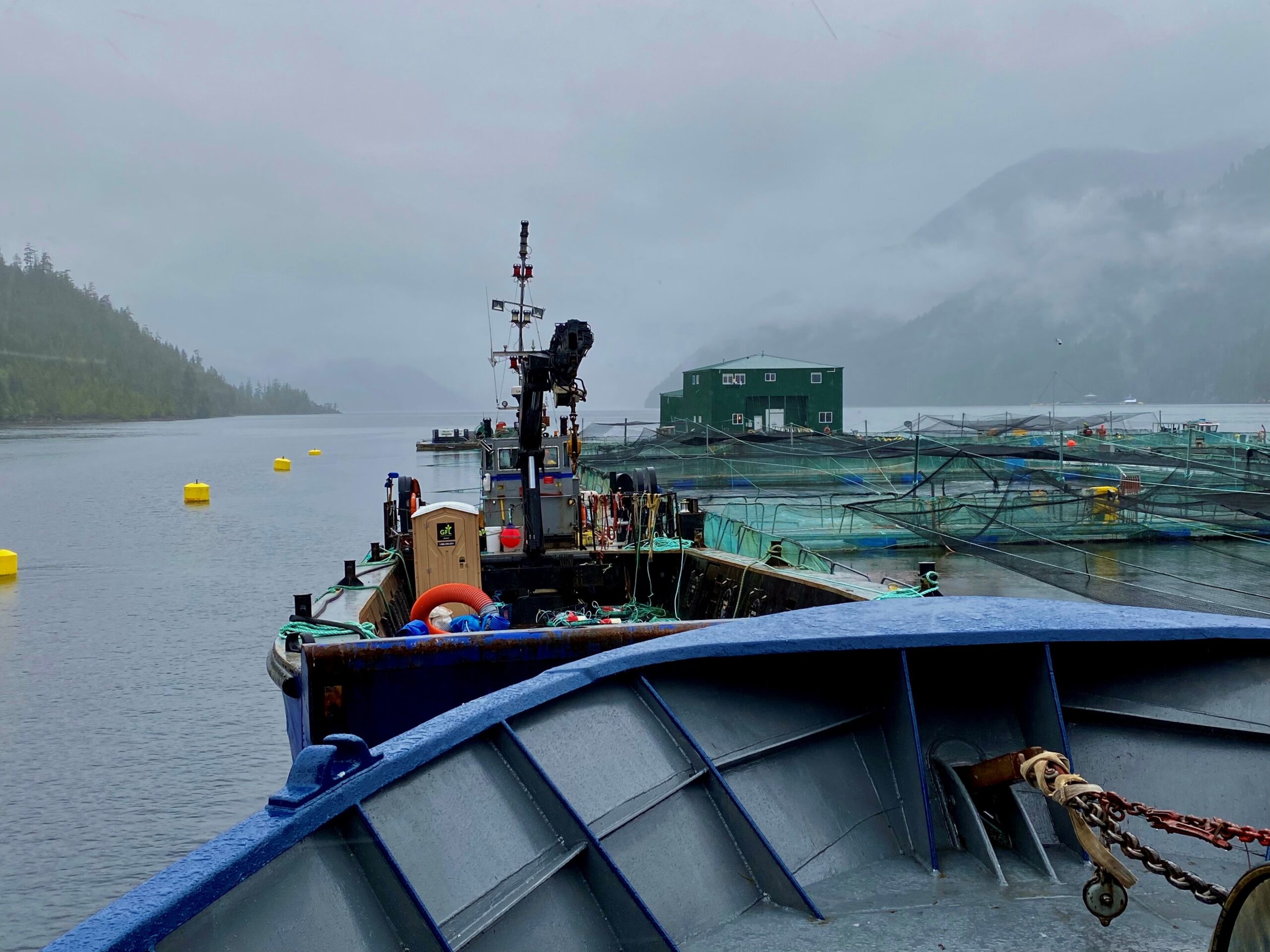On March 11, 2020, the World Health Organization declared COVID-19 as a pandemic. As Canadians, many of us experienced the loss of our job(s), an immediate change in our lifestyle, the need to change industries of work as well as the the uncertainty of what lay ahead. All of us have experienced how different life is now, comparatively to how it was only two years ago. For some of us, this has meant finding new work such as pursuing a job in a constantly busy sector: the Marine Industry. While we as a nation are still finding our footing in this new world, here is a glimpse of hope for what 2022 holds for the Marine Industry.

There is a great deal of excitement for 2022 and the years that lay ahead. The combination of 83% of BC residents now being vaccinated (COVID-19 Tracker Canada) with at least their first vaccination and with the addition of mask mandates, many companies feel they can start hiring, training and planning ahead once again. Although the last two years did not stop the hiring process, there was evidently a slow and cautious approach.
According to the BC Labour Market, as of 2020, over 600 jobs are expected to open between 2019 and 2029 with a forecasted average employment growth rate of 0.5% each year after 2019. These statistics are based on marine transportation related jobs such as the tug and barge sector as well as jobs within the Canadian Coast Guard, various ferry services and other marine transportation areas. The expected openings of these positions are due in part to an estimated 520 workers who will vacate their position due to retirement within the next ten years, in addition to the expected economic growth of 11.9% for the Marine Industry as a whole.
The diversity of the Marine Industry and the jobs that fill the marine sector are plenty, from recreation and tourism related jobs to shipbuilding, transportation of various cargoes, government related work in defense, port authorities and more. Did you know that the Port of Vancouver is Canada’s busiest port? With the Port of Vancouver handling over 70 million tons of cargo annually (Statistics 2021, Port of Vancouver), it is expected that there will be approximately 2,300 jobs opening within the next ten years- this is again due in part to an aging population as well as expansion.
On the British Columbia coast, a large array of work is made up of those who work in the fishing and the aquaculture sector. According to the Canadian census and collected data available from WorkBC, the aquaculture and fishing sector will have a forecasted growth rate of 8.5% in the years 2021-2022. This will mean an estimated +2,600 jobs are expected to become available within the year. The British Columbia coast, with it’s diverse climate and geography currently raises over 100 different seafood species. Of these species, various types of salmon can grow and will eventually be harvested to be consumed as food, used as fertilizer, made into fish oil supplements as well as pet food and other uses. The demand for this kind of farming is high, with various fish farms spread all over Vancouver Island and other parts of the BC Coast. Statistics provided by the BC Salmon Farmers Association notes that the work itself provides over 7,000 individuals with full time work as well as contributing approximately 1.5 billion to the provincial economy annually. Today, the industry in BC accounts for two thirds of the total salmon aquaculture in Canada (Statistics, Canada 2013).
Western Maritime Institute has students who come from various areas in the industry understand that there are many other opportunities, not mentioned, that are coming up in 2022. With the new year upon us, we are eager to see our students achieving success within the industry and putting their knowledge to the test, out on the water!


